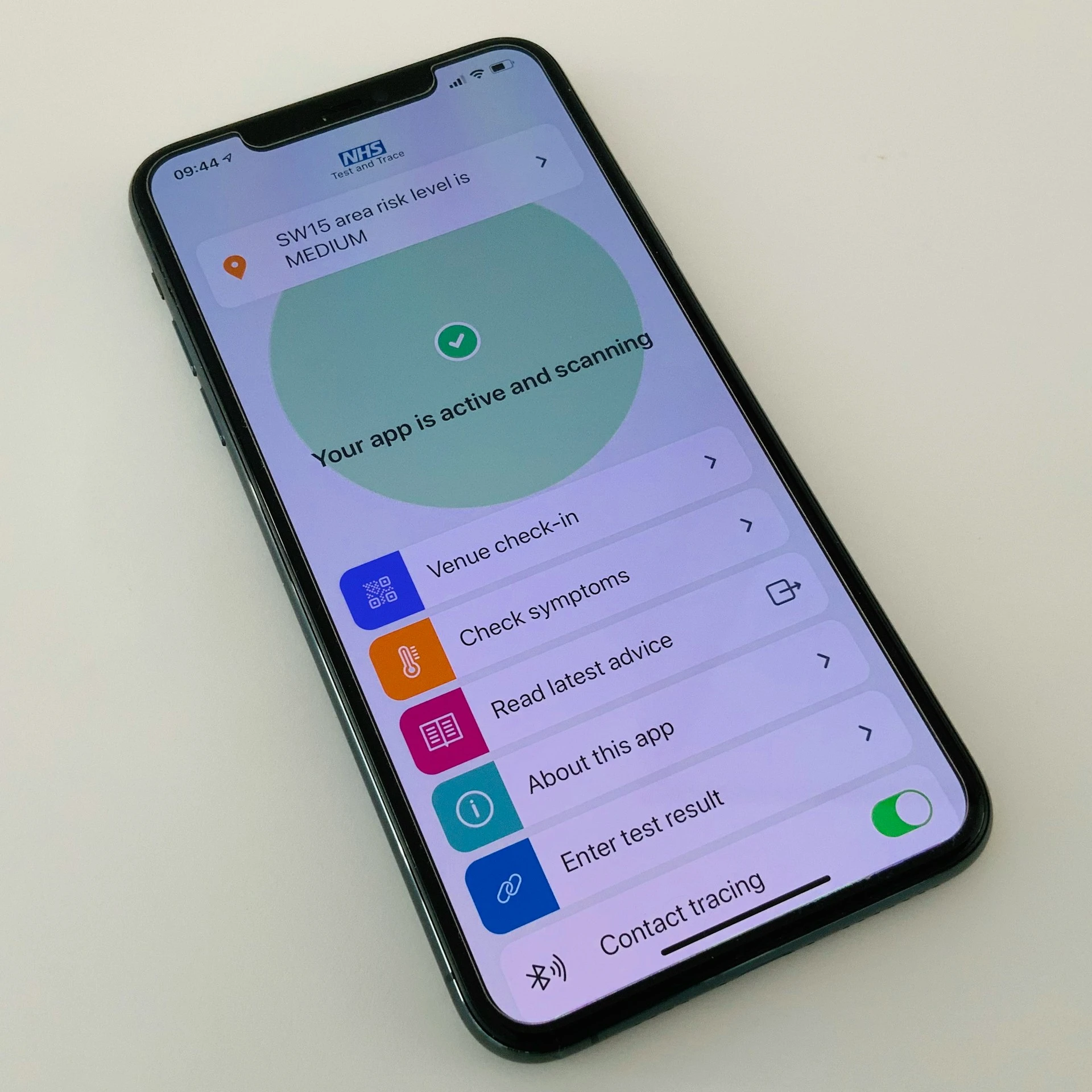
Think of AI recommendations as your smart online store assistant
Think of AI recommendations as a smart store assistant online, guiding each shopper to products they’re most likely to love. Done right, this personal touch increases sales, grows basket sizes, and builds loyalty. From Amazon to your favorite fashion store, personalized suggestions are now an expectation, not a luxury.
What AI recommendations really mean
Walk into a good boutique and the salesperson quickly picks up on your style: “You liked that jacket? These shoes go perfectly with it.” AI does the same online.
Instead of leaving shoppers to scroll endlessly, recommendation engines analyze behavior — what people view, click, and buy — to suggest items that feel relevant.
That’s why when you’re browsing on Amazon, Netflix, or even Zomato, you often see options that match your taste before you even realize you wanted them. AI learns from patterns and turns them into timely nudges.

Why it matters for e-commerce
Personalization is no longer optional. Shoppers expect it. Surveys consistently show that over 70% of consumers prefer brands that tailor experiences to them.
- Higher conversions: A visitor is more likely to buy when they see something that feels handpicked.
- Bigger carts: Recommendations like “frequently bought together” increase average order value.
- Repeat visits: When the experience feels personal, customers return more often.
Amazon has long credited recommendations for a significant share of its sales. While your store may not be Amazon-sized, the principle is universal: the right product shown at the right time can tip browsing into buying.
How it works
- Observe behavior: What a shopper clicks on, lingers over, or adds to cart.
- Spot patterns: Compare those behaviors with thousands of similar shoppers.
- Predict next step: Suggest products that have the best chance of appealing.
Think of it as “digital intuition,” not random guessing, but evidence-based matchmaking. Modern AI doesn’t just look at “people who bought X also bought Y.” It also understands context, like trends, seasons, and the shopper’s current mood.
The business benefits
- Boost sales: Personalized suggestions gently push customers to complete a purchase.
- Increase order value: Cross-sell and upsell opportunities feel natural, not forced.
- Engage visitors longer: Shoppers stay when the site feels like it “gets” them.
- Build loyalty: A personalized experience makes customers more likely to return.
- Move inventory smartly: Highlight items with better margins or promote slow-moving stock subtly.
The risks and challenges
- Over-personalization: Showing only too-similar items can create a “filter bubble.”
- Bad matches: Poorly tuned recommendations frustrate shoppers and may increase returns.
- Privacy concerns: Customers want personalization but also control over their data. Transparency builds trust.
The lesson: personalization should feel like help, not intrusion.
How to get started (without getting overwhelmed)
- Start small: Begin with rule-based suggestions like “best sellers” or “recently viewed.”
- Add personalization: Use browsing history and cart activity to shape recommendations.
- Experiment gradually: Test personalized product carousels on the homepage, in emails, or at checkout.
- Measure impact: Track conversions, order value, and returns.
- Decide build vs. partner: Some businesses build in-house; others use expert partners to save time and effort.
SEO, AEO & GEO: Making recommendations work beyond the storefront
- Search-friendly pages: Create “recommended collections” or “trending now” pages crawlable by Google, so personalization supports SEO.
- Answer Engine Optimization (AEO): Structure parts of your site (like FAQs) to answer questions directly, helpful for voice search queries like “What products go well with…”
- Geo-personalization: Tailor recommendations by region. A shopper in Singapore may see monsoon-friendly picks, while someone in London sees winter essentials.
When your personalization strategy overlaps with SEO and local signals, you multiply your visibility.
Wrapping up
AI-powered recommendations are no longer futuristic. They’re the new baseline for ecommerce success. They make shopping simpler for customers and more profitable for businesses.
You don’t have to build Amazon’s system overnight. Start with what fits your store, experiment, and grow from there.
Curious what this looks like in practice? See what our Lead AI Engineers have to say.
Developer Tips & Insights

Building a HIPAA-safe Patient Dashboard with Next.js + Node.js- powered by Brightree data through MuleSoft


